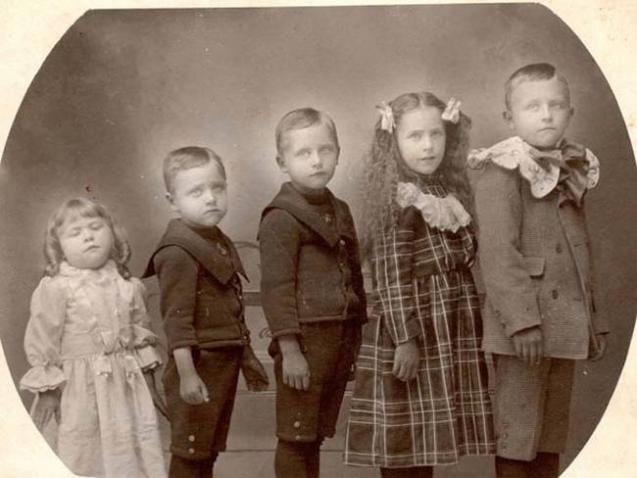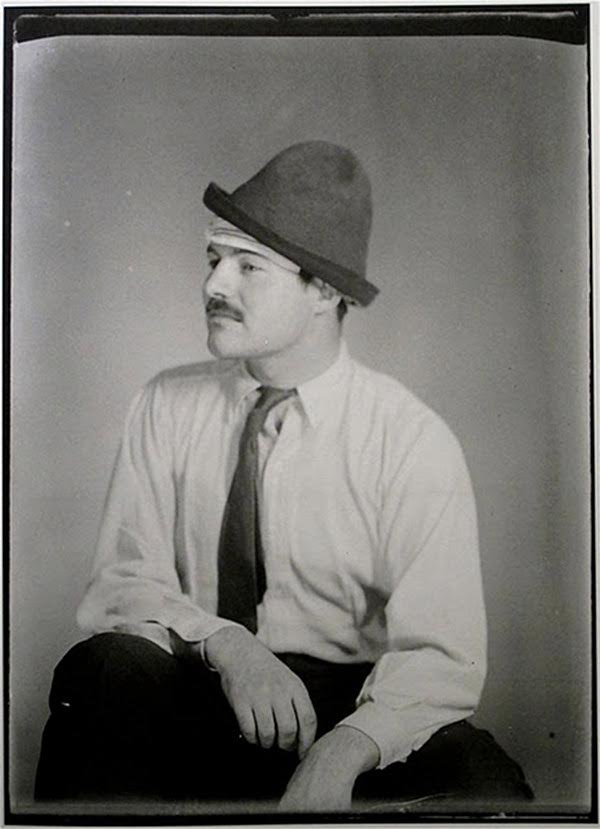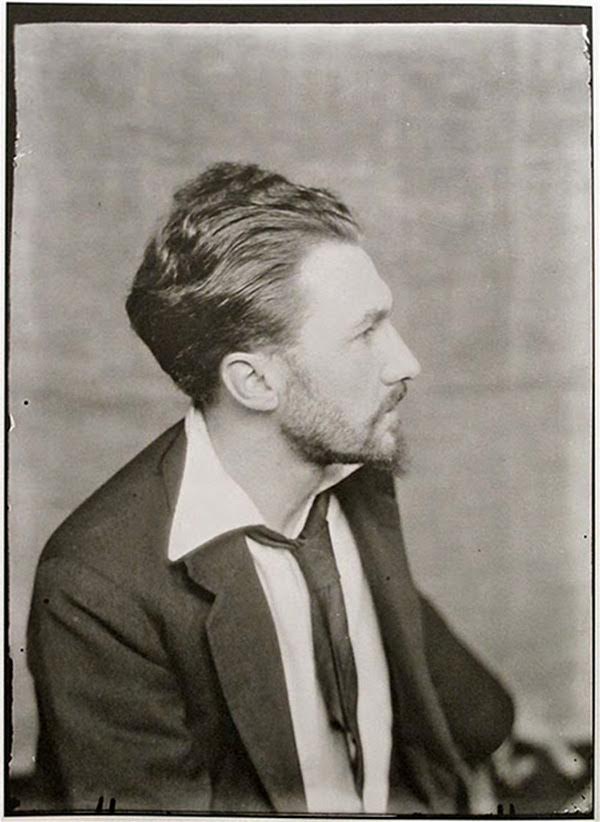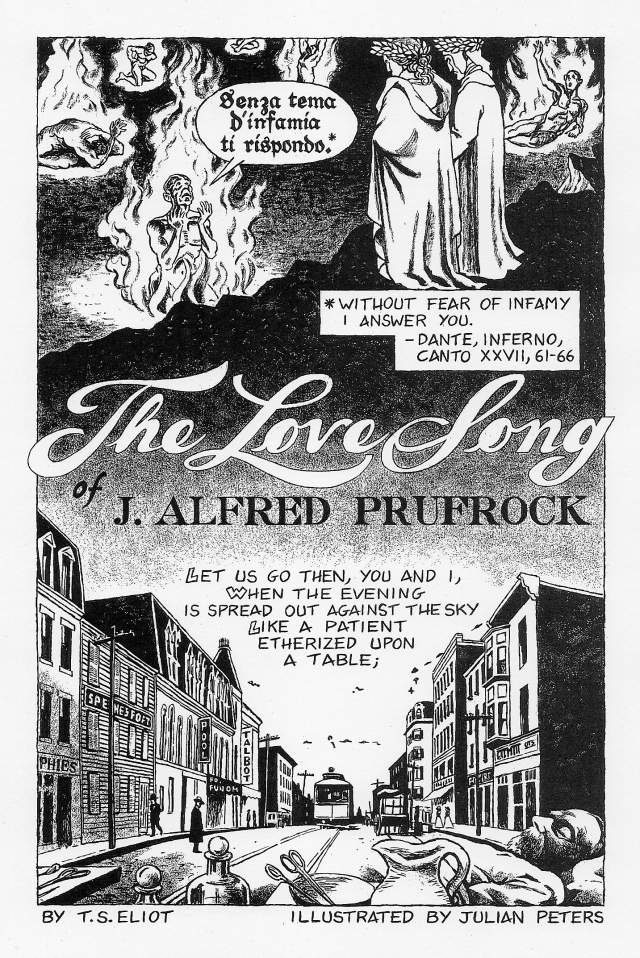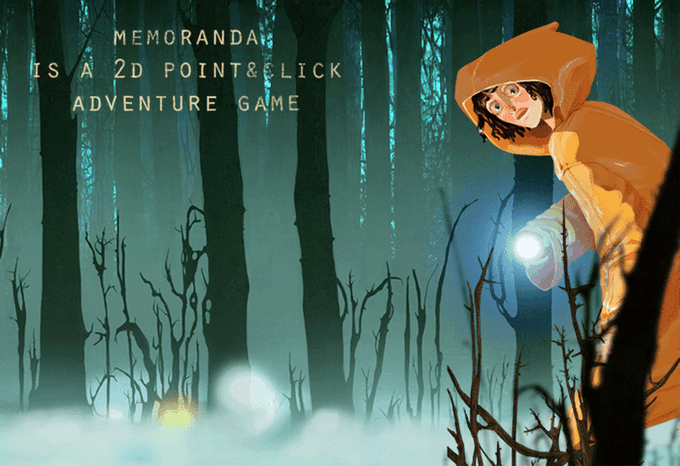Many people still have a major fear of mathematics, having suffered through school and not really having been in the right frame of mind to grasp concepts that we’ve been told will come in handy in our future working lives. When Britons get to the age of 16, many can choose to leave school, escaping the terror of math (or, as they say, maths).
But we shouldn’t live in fear, so along comes Citizen Maths, a UK-based free online course that purports to help adults catch up with Level 2 math (aka what a 16-year-old should know) without getting hit with a ruler or a spit wad. The course is funded by the UFI Charitable Trust, which focuses on providing free education for adults.
The Citizen Maths course currently consists of three units—Proportion, Uncertainty, and Representation. Additional sections on Pattern and Measurements will soon follow. All units come with videos and tests that take about an hour of the viewer’s time. As the narrator says, you can “learn in safety, without fear of being told off or exposed.” The full course takes, on average, about 20 hours.
And the tutorials bring in the real world, not just the abstract. Ratios and odds are experienced through roulette, horse racing, and playing dice. Understanding insurance comes into the tutorial on making decisions. Modeling is explained by trying to understand weather patterns. And proportion is explained through baking recipes and making cocktails.
You will need a Google Account to get started, though, for those without one, there is a simple guide to get you started. The tutorials feature YouTube instruction along with an embedded app called Scratch.
As of this post, three of the five sections are available, with the complete course due up by next year. You can find more advanced Math courses in our collection of Free Online Math Courses.
via BoingBoing
Related Content:
The Unexpected Math Behind Van Gogh’s “Starry Night”
Ted Mills is a freelance writer on the arts who currently hosts the FunkZone Podcast. You can also follow him on Twitter at @tedmills, read his other arts writing at tedmills.com and/or watch his films here.


